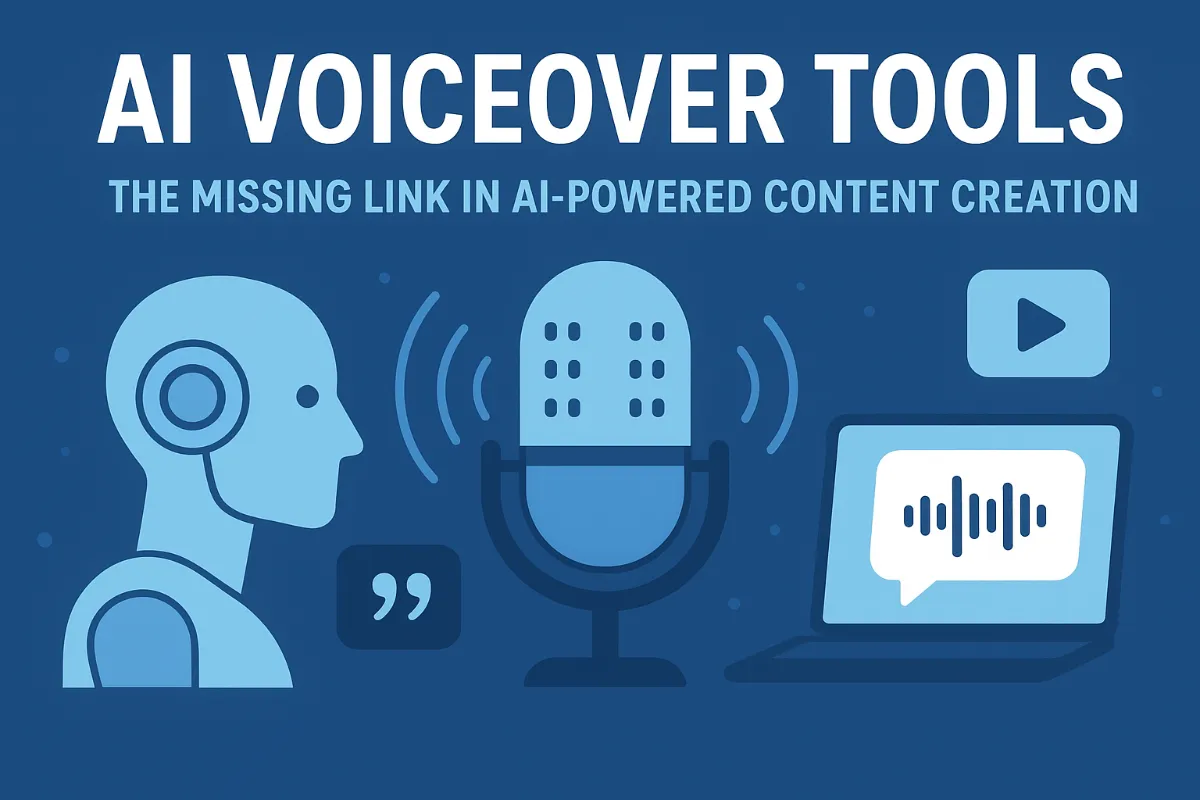Unmasking Algorithmic Bias A Practical Guide to Detection
TL;DR
Unmasking Algorithmic Bias: A Practical Guide to Detection
Understanding Algorithmic Bias: What It Is and Why It Matters
Alright, let's dive into algorithmic bias. It's kinda like when your GPS keeps sending you the wrong way—annoying, right? But with ai, it can have bigger consequences.
It's the systematic errors in how algorithms make decisions. Think prejudices coded into the system.
These biases can really mess with automated systems. For example, a hiring ai showing preference to certain demographics.
It can affect automated systems in healthcare, retail, finance, and it's kinda pervasive.
Algorithmic bias can make inequalities worse.
It can lead to unfair outcomes for some groups. Like, for instance, denying credit based on location.
Morally, it stinks, and we gotta strive for fairness.
So, as many sources point out, bias detection tools are essential for establishing trust.
Now, let's get into how bias shows up everywhere, and what we can do about it.
Key Characteristics of Algorithmic Bias Detection Tools
Algorithmic bias detection tools, they're not just about finding problems, you know? It's like having a super-smart assistant, but for your ai.
- Comprehensive analysis: This means the tools dig deep into your data and algorithms to find biases related to race, gender, age, and other sensitive attributes. They're not just looking at the obvious stuff.
- Bias mitigation: These tools don't just point out problems; they often offer ways to fix them. This could be suggesting data adjustments, model retraining, or even algorithmic tweaks to improve fairness.
- Predictive capability: A good tool can spot potential issues before they cause real problems. It's like a weather forecast for your ai, warning you about storms before they hit.
Advantages of Implementing Algorithmic Bias Detection
Algorithmic bias detection, it's not just a nice-to-have, it's a must-have. Think of it as an investment in your company's reputation and, like, doing the right thing, ya know?
- Fair decision-making is a biggie. It ensures automated systems aren't unfairly targeting certain groups, which, is pretty important, right?
- Accuracy gets a boost, too. Spotting and fixing those systematic errors means your algos are just plain better.
- Regulatory compliance is becoming a big deal. Many governments, like the EU with its AI Act, and bodies like the FTC are increasingly focusing on algorithmic fairness and accountability.
Disadvantages and Challenges of Algorithmic Bias Detection
Algorithmic bias detection? It's not all sunshine and rainbows, y'know? There's a few bumps in the road.
- Implementation is tricky, like, algorithms are complex, and bias is sneaky and always changing. It takes expertise and ongoing effort.
- Vendor lock-in happens if you rely too much on a bias detection service. You might become dependent on their specific tools or methodologies.
- You gotta act if you find something. Costs money and time, of course. Fixing bias often requires significant resources for re-engineering or retraining.
- Scaling can be a challenge. As your ai systems grow and become more complex, detecting and mitigating bias across all of them becomes a much bigger undertaking.
So, what legal nightmares could this cause?
Potential Legal Nightmares from Algorithmic Bias
When algorithms go wrong, the legal fallout can be pretty serious. It's not just about bad press; it can lead to actual lawsuits and hefty fines.
- Discrimination lawsuits: If your ai system is found to be discriminating against protected groups (based on race, gender, age, etc.), you could face lawsuits from individuals or class-action suits.
- Regulatory penalties: As mentioned, governments are cracking down. Non-compliance with emerging ai regulations can result in significant fines and sanctions.
- Breach of contract claims: If your ai is used in business-to-business contexts, biased outcomes could lead to claims of breach of contract if the service doesn't perform as promised due to unfairness.
- Reputational damage: Beyond legal issues, a public scandal involving biased ai can severely damage your brand's reputation, leading to loss of customers and trust.
Implementing Algorithmic Bias Detection: A Step-by-Step Guide
Okay, let's get into this. Think of this step as giving your algorithm a check-up, like going to the doctor, but for ai.
- Define Fairness Metrics: Before you start, decide what "fair" means for your specific application. This involves choosing appropriate metrics (e.g., demographic parity, equalized odds) that align with your ethical and legal obligations.
- Data Audit and Pre-processing:
- Analyze your training data: Look for imbalances, historical biases, or underrepresentation of certain groups. Are there proxies for protected attributes? For example, zip codes can sometimes be proxies for race or income.
- Identify potential bias sources: Common culprits include biased data collection, feature selection that inadvertently encodes bias, or even the objective function of the algorithm itself.
- Algorithm Analysis and Testing:
- Examine model architecture and logic: Understand how the algorithm processes information and makes decisions.
- Perform bias testing: Use your defined fairness metrics to evaluate the algorithm's performance across different demographic groups. This can involve creating synthetic datasets or using real-world data segmented by sensitive attributes.
- Utilize bias detection tools: Employ specialized software that can automate parts of this analysis.
- Bias Mitigation Strategies:
- Pre-processing techniques: Adjusting the training data to reduce bias (e.g., re-sampling, re-weighting).
- In-processing techniques: Modifying the learning algorithm itself to incorporate fairness constraints during training.
- Post-processing techniques: Adjusting the model's predictions after they've been made to ensure fairness.
- Continuous Monitoring and Evaluation: Bias isn't a one-time fix.
- Implement ongoing monitoring: Regularly re-evaluate your algorithms in production for drift or emerging biases.
- Establish feedback loops: Create mechanisms for users or affected individuals to report potential bias.
- Document everything: Keep detailed records of your bias detection and mitigation efforts for accountability and compliance.
It's kinda like checking the foundation of a house before you build on it, and then keeping an eye on it over time.
Now, after you've analyzed the algorithm, what next?
Practical Tools and Techniques for Bias Detection
Ever wonder if your ai is just seeing patterns, or if it's actually understanding them? Unsupervised bias detection can help you peek under the hood.
- It uses clustering techniques to group similar data points. If these clusters disproportionately represent certain demographic groups, it can signal bias. For example, if a cluster of loan applications flagged as "high risk" is overwhelmingly composed of individuals from a specific neighborhood, that's a red flag.
- Helps identify sneaky bias variables. These are features in your data that, while not directly protected attributes like race, might be highly correlated with them and lead to discriminatory outcomes. Think of things like certain types of consumer behavior or even educational institutions.
- You can find deviations in algorithms even without knowing protected attributes. By comparing the algorithm's behavior on different clusters or segments of data, you can identify where it's performing differently or making disparate predictions, even if you haven't explicitly told it to consider race or gender.
Think of it like this: discovering hidden pockets of bias you didn't even know to look for. So, what's next?
The Ethical Dimension of Algorithmic Bias
Algorithmic bias ain't just a tech problem, it's a people problem, y'know? It touches ethics, fairness, and all that jazz. So, let's get into it.
Fairness is, like, a human call, not a math equation. It's about shared ethical beliefs, and what we think is right—algorithms shouldn't just make things worse for some groups.
We gotta make sure ai doesn't drag up old prejudices. Algorithms should not perpetuate historical inequities.
Grounded in shared ethical beliefs.
Humans needs to be in the loop when algorithms are making big decisions. Ai can't replace people's judgement.
Rigorous testing and evaluation help ensure fairness.
Algorithms cannot substitute for human judgment.
Before rolling out a algo, ask, "will this make things worse for some folks?" It's about thinking about the potential downsides.
Ethics of likely outcomes.
Considering the design and unintended consequences.
So, that's the ethical side of things. Now, let's talk about legal stuff.
The Future of Algorithmic Bias Detection
Algorithmic bias detection, where is it headed? Think of it as ai getting a conscience, kinda cool right?
- Expect new tools that are easier to use and more effective. Like, quicker bias identification and more sophisticated mitigation techniques.
- Ai ethics makin' it into political systems. Governments worldwide are starting to pay attention, leading to more regulations and standards.
- Tech preventing injustice seems possible. Imagine algos designed to catch bias before it even happens, or systems that actively promote equitable outcomes.
Collaboration? Def important.
- Legal eagles and tech wizards gotta link up. They need to get on the same page and talk about this stuff.
- Ethical and transparent principles need to be set. Like, what's "fair" actually mean in code?
- Less bias, less conflict. Less headaches.
We wanna avoid a bad future, right?
- No unchecked markets with crazy predictive powers. We don't want ai making things worse for some people.
- Social inequality's gotta be stopped. Ai should make things more fair, not less.
- A fair future is possible, and it's up for us to make it happen.
The path forward involves continuous innovation, strong ethical frameworks, and a commitment to building ai that benefits everyone.





